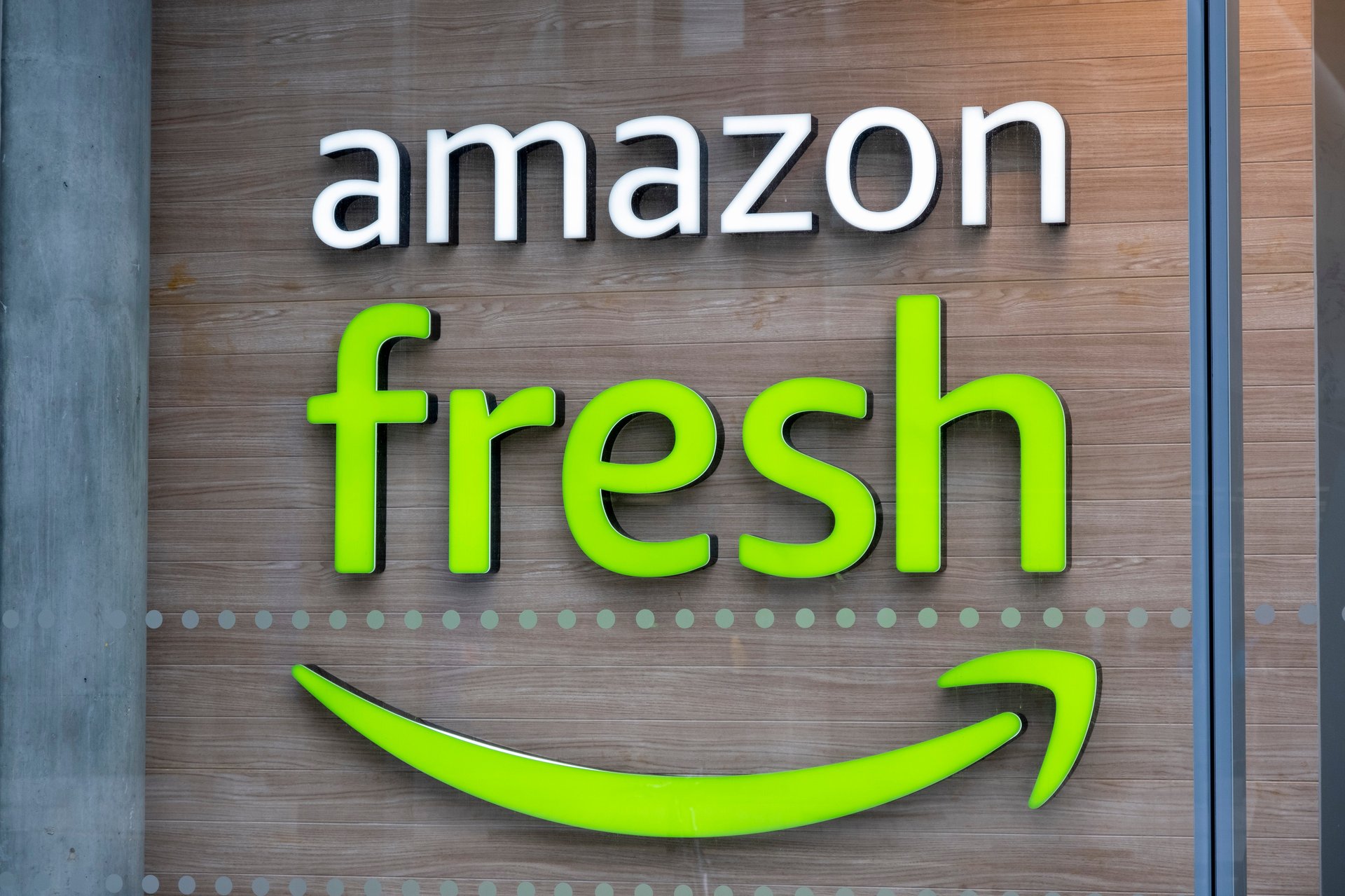Amazon is finally opening some Fresh supermarkets
However, almost two dozen Amazon Fresh locations remain empty

Amazon’s (AMZN) Fresh supermarkets, which have largely been dormant since their debut, are finally coming to life as the company ramps up its expansion of the discount grocery option.
Suggested Reading
Launched in September 2020, Amazon Fresh was initially designed to offer a more affordable alternative to Whole Foods, with the goal to provide lower prices and modern conveniences (or nuisances) including cashier-less checkout and voice-activated shopping assistance. Despite an initial push to grow rapidly, the expansion slowed significantly due to broader economic challenges and internal cost-cutting measures, including layoffs.
Related Content
In February 2024, Amazon CEO Andy Jassy said the e-commerce giant would hit pause on new store openings, as it looked to improve the customer experience and find the “best way to expand.”
In recent months, however, Amazon has revived its growth plans, opening new Fresh stores in California, Illinois, Maryland, New Jersey, and Virginia, bringing its operating total to roughly 40 locations. Some of those locations have been redesigned to include colorful layouts and new product offerings, including Krispy Kreme (DNUT) doughnuts and an expanded assortment of coffee beverages.
Despite this resurgence, 22 Fresh locations nationwide are still unoccupied. The delays have led to multiple lawsuits from landlords, who allege breaches of contract.
Nevertheless, Amazon said it remains optimistic about its Fresh concept and plans to continue refining and expanding the store format as market conditions evolve.
“If you want to serve as many grocery needs as we do, you have to have a mass physical presence. And that’s what we’ve been trying to do with Fresh over several years,” Amazon’s Jassy said.
With this renewed focus, Amazon could enhance its presence in the U.S. grocery sector, which is currently dominated by Walmart, with a 22% market share. Should Kroger (KR) and Albertsons (ACI) merge, their combined share would be approximately 13%. Amazon only commands 1%.
An Amazon spokesperson told Quartz that those figures, based on Numerator data it uses, underestimate the company’s market share. The firm’s data only tracks food and beverage sales in groceries, and excludes nonfood items such as paper towels and cleaning supplies, which are commonly purchased online.
Earlier this week, Amazon launched “Saver,” a discount grocery line aimed at attracting price-conscious shoppers in search of value over splashy brand names.
